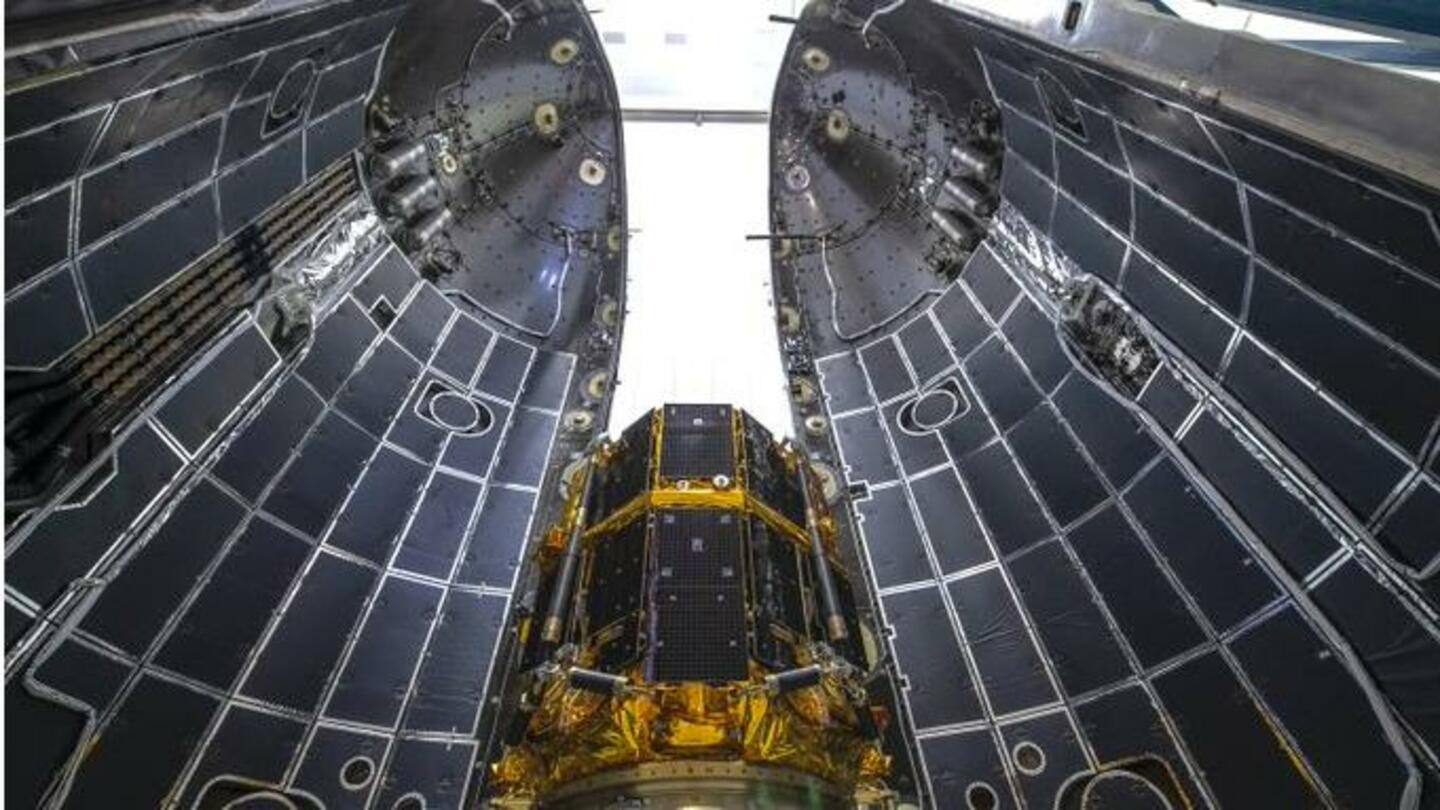
Japan launches its first-ever lunar mission; multiple payloads onboard
What's the story
Japan has launched its first-ever lunar mission, the HAKUTO-R Mission 1. It is headed by ispace, a Tokyo-based startup.
It took off on December 11 from Cape Canaveral Space Force Station in Florida, on SpaceX's Falcon 9 rocket.
The Japanese lander should touch down on the Moon by April 2023. Among its payloads, are the United Arab Emirates (UAE) rover and NASA's Lunar Flashlight.
Context
Why does this story matter?
The ispace mission is the first of the "Hakuto-R" program, which means "white rabbit" in Japanese.
Also, Hakuto was one of the five finalists in Google's Lunar X Prize competition, which ended in 2018 without a winner.
It was initially scheduled to take off on November 30 but was delayed since SpaceX wanted to perform additional checks on the Falcon 9 rocket.
Details
Mission 1 will land at the Moon's Atlas Crater
The Japanese lunar lander (Mission 1) will touch down at the Atlas Crater, located on the southeastern edge of the Moon's Mare Frigoris (also called "Sea of Cold").
The startup ispace is also planning to launch Mission 2 to the Moon in 2024 and Mission 3 a year after that.
After 2025, ispace intends to launch two missions to the Moon every year.
Future plans
Rashid is UAE's first-ever moon rover
"Our first mission will lay the groundwork for unleashing the moon's potential and transforming it into a robust and vibrant economic system," said Takeshi Hakamada, CEO of ispace.
It will also deploy UAE's first-ever moon rover called Rashid which will help characterize the Moon's electrically charged surface.
To date, only US, China, and Russia have put robotic explorers on the Moon.
Lunar Flashlight
Lunar Flashlight will insert into a near-rectilinear halo orbit
The Lunar Flashlight was released roughly 53 minutes after launch. NASA's briefcase-sized CubeSat will probe for surface water ice in permanently shadowed craters at the Moon's South Pole.
After a four-month journey, Flashlight will dock at the near-rectilinear halo orbit around Moon.
This orbit will also be used by Gateway, the space station that NASA intends to build as part of the Artemis mission.